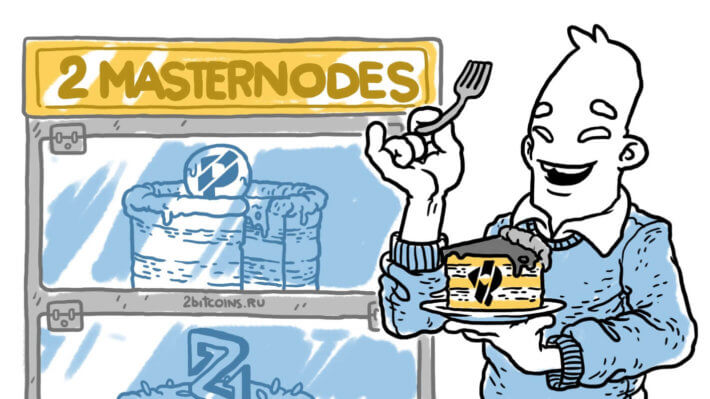2019-4-29 09:53 |
Coinspeaker
Command Chain Protocol: PoW with Bulletproof Technology Under the Hood
By nature, a blockchain is a distributed database; a ledger designed to ensure decentralization. The backbone of the network is the protocol lying at its core. Different protocols were designed for different types of blockchains, including but not limited to the two most famous ones: proof-of-work (PoW) and proof-of-stake (PoS).
The main problem with the protocols mentioned is their susceptibility to 51 percent attacks on the network. The biggest successful attack on a PoW happened in 2018 when hackers got in control of more than 50 percent of Bitcoin Gold’s mining power within the network.
The Blockchain Industry Needs a Stronger PoWSeveral 51 percent attacks happened on PoW blockchains throughout 2018, but in spite of promises to increase security and make upgrades, there can’t be a turning back from the $18 million lost by Bitcoin Gold, $500,000 lost by ZenCash, or $1.7 million lost by Verge.
The blockchain industry needs a more secure, faster, and more scalable PoW; a protocol that can withstand double spending, rollbacks, and ultimately, 51 percent attacks from hackers lurking in the shadows, waiting to get in control.
To cater to the needs of the blockchain community, four-year-old project ILCOIN launched the first quantum resistant PoW protocol based on a SHA-256 blockchain. Command chain protocol, or C2P, seeks to tap into the weaknesses of the traditional PoW and improve on it using proprietary ILCOIN technology that claims to guarantee added levels of security without compromising speed.
Promising Features of C2P Over the Traditional PoWAt its core, C2P is a PoW type of protocol but with several significant improvements. Its purpose is to prevent one of the biggest concerns in the blockchain industry – a potential 51 percent attack on the network. C2P incorporates a set of rules and regulations embedded in the source code.
These rules can either allow or block activities, based on specific parameters set in place by the ILCOIN development team. To prevent corruption attempts such as rollbacks or double spending, three bulletproof security levels work in sync to perform different tasks on every full node.
To ensure chain stability, strength, and speed, with C2P, every block doesn’t just include the last block’s hash, but also a set of certificates for the node to read; thus having a double/triple check on the block’s origin and inputs. The end goal is to establish validity.
By adding a unique certificate stamp in every block, only verified non-malicious nodes can deliver the certificate. To protect ILC holders, ILCOIN has added a unique blocking mechanism to its algorithm which prevents hackers from stealing ILC from users’ wallets.
“C2P is the actual next step of security in the cryptocurrency world, in order to turn down the page for all the non-ethical hackers who always try to take advantage on some back doors for some faulty codes, or lack of hashing power, for example, and in the same moment hurt a specific cryptocurrency and the trust of still cutting-edge technology” – as said in ILCOIN whitepaper.
Following the release of its improved PoW, ILCOIN jumps on a journey to improve flaws in existing protocols. As the blockchain industry reaches maturity, hackers will keep hunting for even smarter tools and methods to succeed at 51 percent attacks.
The high potential of C2P goes hand in hand with the team’s successful attempt to increase the block size, from 2MB to 25MB; this way getting one step closer to scaling its blockchain by supporting 170 k TX per block without compromising security levels. In terms of plans for the future, ILCOIN hopes to succeed at becoming the first SHA-256 blockchain to implement smart contracts using its proprietary C2P protocol.
Command Chain Protocol: PoW with Bulletproof Technology Under the Hood
Similar to Notcoin - Blum - Airdrops In 2024
BlockMason Credit Protocol (BCPT) на Currencies.ru
|
|







